Beyond the Bridge: UniLayer as a Beacon of Safety for Interoperability
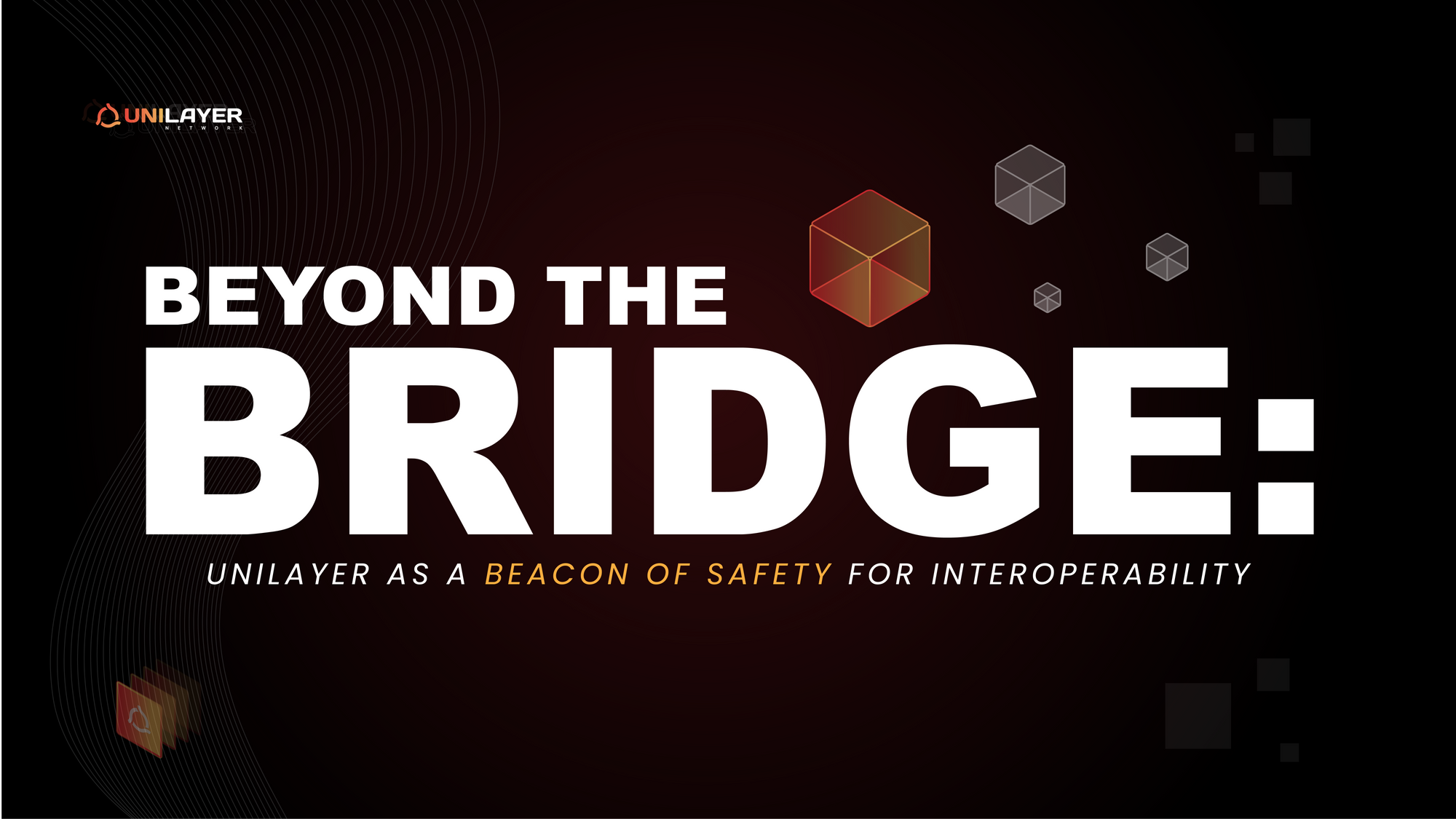
The crypto industry is experiencing a period of great turbulence. The insolvency of one of the world’s leading crypto exchanges, FTX, has put billions of dollars of user funds in jeopardy and dealt a major blow to the crypto market and public perception of the blockchain industry. The aftershocks of the FTX debacle continue to resonate throughout the space, as related companies - BlockFi, Voyager, and countless others - face financial pitfalls, stemming from their ties to the troubled exchange.
The downfall of FTX and related fallout have served as a powerful reminder that any central point of failure will be exploited sooner or later, either from outside attackers or elements within. Other centralized exchanges are now also facing intense scrutiny, and it is becoming increasingly clear that the convenience and accessibility of centralized exchanges comes at a steep price.
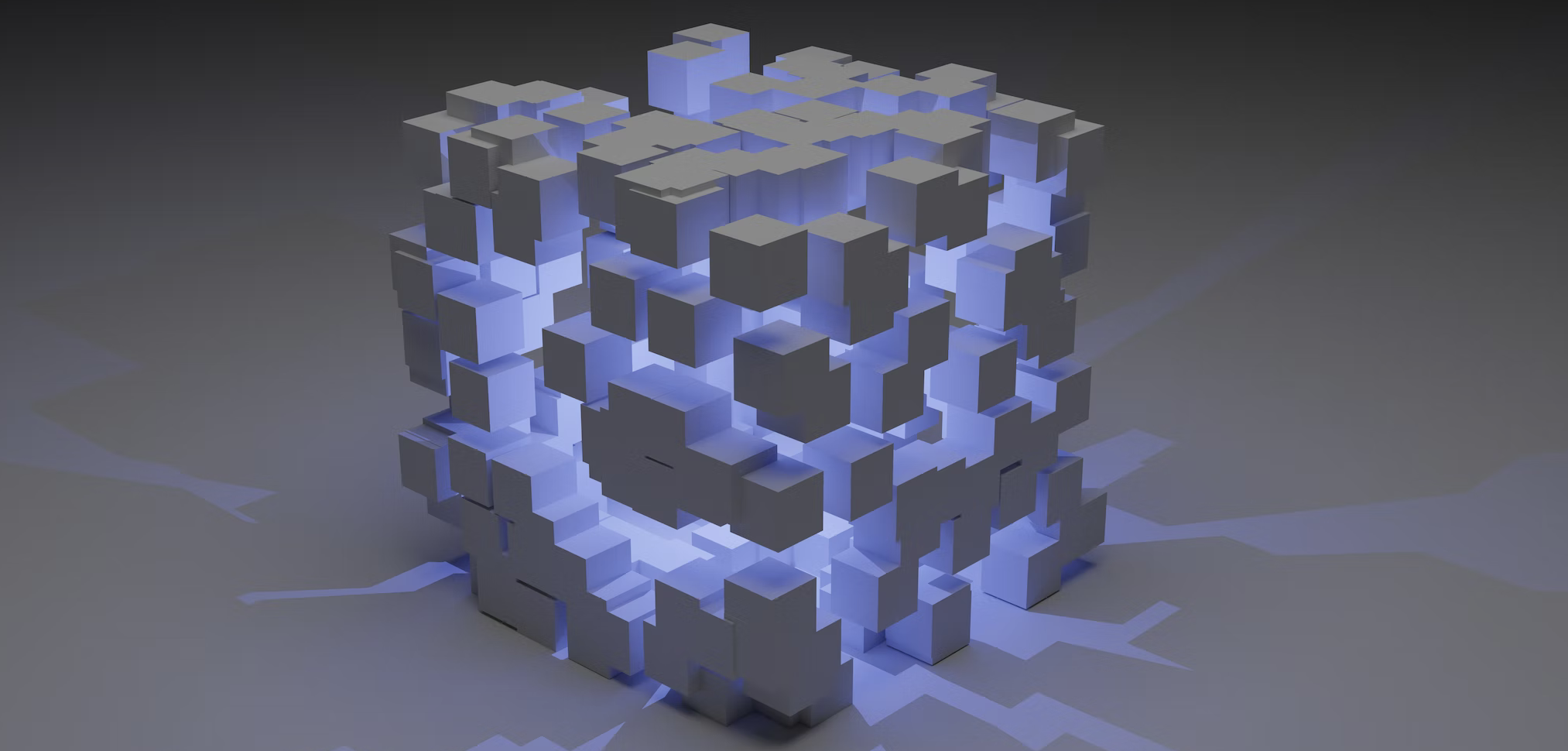
The Danger of Centralized Bridges
Much like their centralized exchange counterparts, crypto bridges are highly vulnerable to breaches of security. Bridges provide an important service, enabling the transfer of digital assets between separate blockchain networks. However, they are notoriously vulnerable to attacks: hackers have walked away with $2 billion from the top 11 hacks of 2022 alone.
Many in the blockchain industry are rethinking and reevaluating the nature of the entire crypto ecosystem, revisiting the original principles of decentralization and autonomy upon which Bitcoin was first founded. The ultimate conclusion is one we’ve known all along:
Decentralization is the only true guarantee of security.
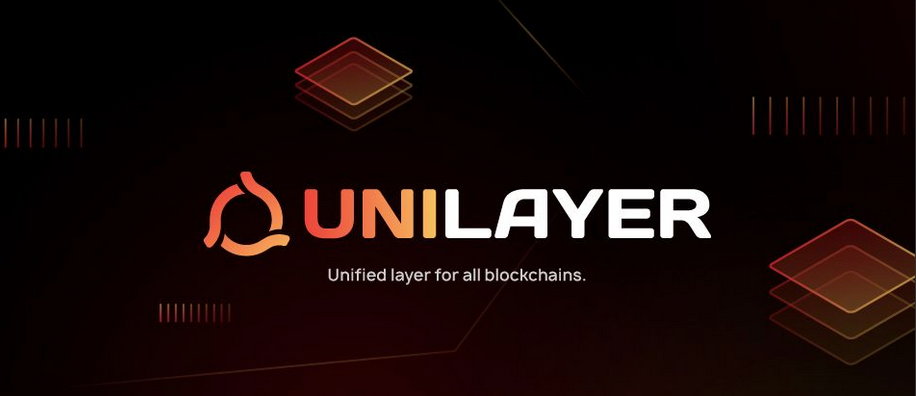
UniLayer: Putting Security First
UniLayer was designed with the principles of autonomy and decentralization - a return to the roots of blockchain technology, technology that was founded on a radical, new vision security. UniLayer’s unique Layer-1 design intertwines separate networks via shared nodes, ensuring high security, on top of ease of use and virtually feeless transactions.
Importantly, UniLayer is a foundational layer, capable of working with Layer-0, Layer-1, and Layer-2 networks (EVM and non-EVM compatible); and as a general messaging protocol, it supports all kinds of blockchain communication, including transfers of assets. UniLayer will play a key role in the oncoming interoperability revolution, integrating bridges with the blockchain, finally ensuring true cross-chain security across all networks.
Read more about UniLayer’s secure design in our light paper.
The Incredible Value of Cross-chain Liquidity
The continued existence of bridges, in the face of countless exploits and hacks, speaks to the incredible demand that exists for cross-chain liquidity (and more generally, interoperability). Bridges have filled an essential role in the blockchain ecosystem, providing a number of benefits for the space, including:
- Coss-chain collateralization of assets
- Cross-chain liquidity for DeFi
- Increased competition, and therefore innovation, for DApps on separate networks
- Reduced traffic on overloaded networks
- Scalability and cost savings, due to accessibility to multiple networks
Demand for these benefits is only set to grow as the blockchain space continues to innovate and diversify. The rise in the number and utility of Layer-1 networks has made cross-chain communication a necessity. Nonetheless, bridges are imposing a hard limit on the growth and development of the industry.
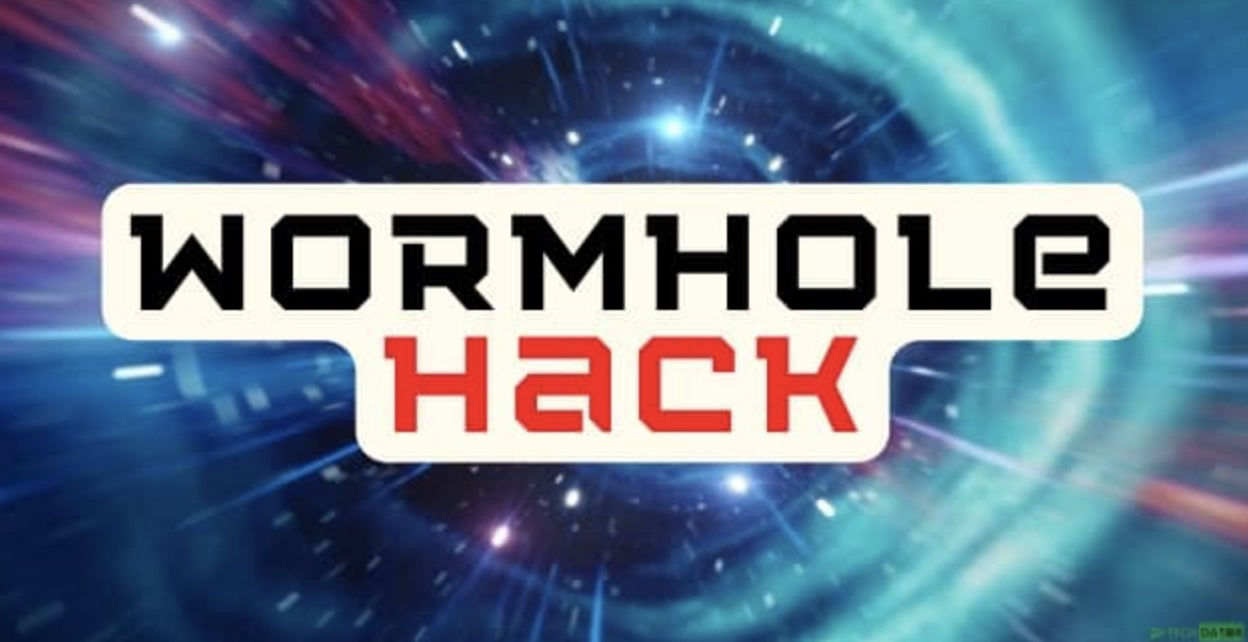
The Vulnerabilities of Bridges
Because the greater blockchain ecosystem lacks a fundamental, interoperable infrastructure, centralized bridges have acted as a stop-gap, providing users with a degree of open, cross-chain liquidity. Bridge developers have been highly incentivized to try to overcome the limitations of current blockchain technology - namely, the high transaction costs and slow speed of Ethereum, and the lack of interoperability between DeFi protocols and other DApps on separate networks (Solana, Near, Avalanche, etc.).
Despite their utility, bridges are not a viable, long-term solution to the interoperability challenge, due to the weaknesses inherent in their design. Most bridges operate with a centralized storage point in which transferable funds are held. Though they may be protected by smart contracts, no code is completely immune to human error. In fact, this exact flaw is what led to the exploit of Wormhole, a Solana/Ethereum bridge.
One of the most notorious hacks in the crypto space, the Wormhole hack resulted in a loss of $325 million worth of Ethereum. The hackers were able to penetrate the protocol, thanks to a weakness in the code, which allowed a user to withdraw one type of asset without immediately providing an equivalent value of another. A venture capital firm stepped in to cover the loss, but the hack stirred doubts over the viability of bridges.
Axie Infinity, the premier play-to-earn company, fell victim to an even bigger hack, one that led to a loss of $650 million. The company’s Ethereum side-chain, Ronin, was exploited due to a combination of centralized design and human error. Hackers were able to gain access to several of the chain’s validator nodes after uploading a virus onto their owners’ computers. It was essentially a basic phishing campaign: a fake LinkedIn job offer. Since only nine nodes were required to run the network, that was all it took to compromise it.
Unfortunately, there is no foolproof way to avoid faulty code, weaknesses inherent in centralized design, or simple human error. Bridges have proven to be a hazardous solution to the interoperability challenge.
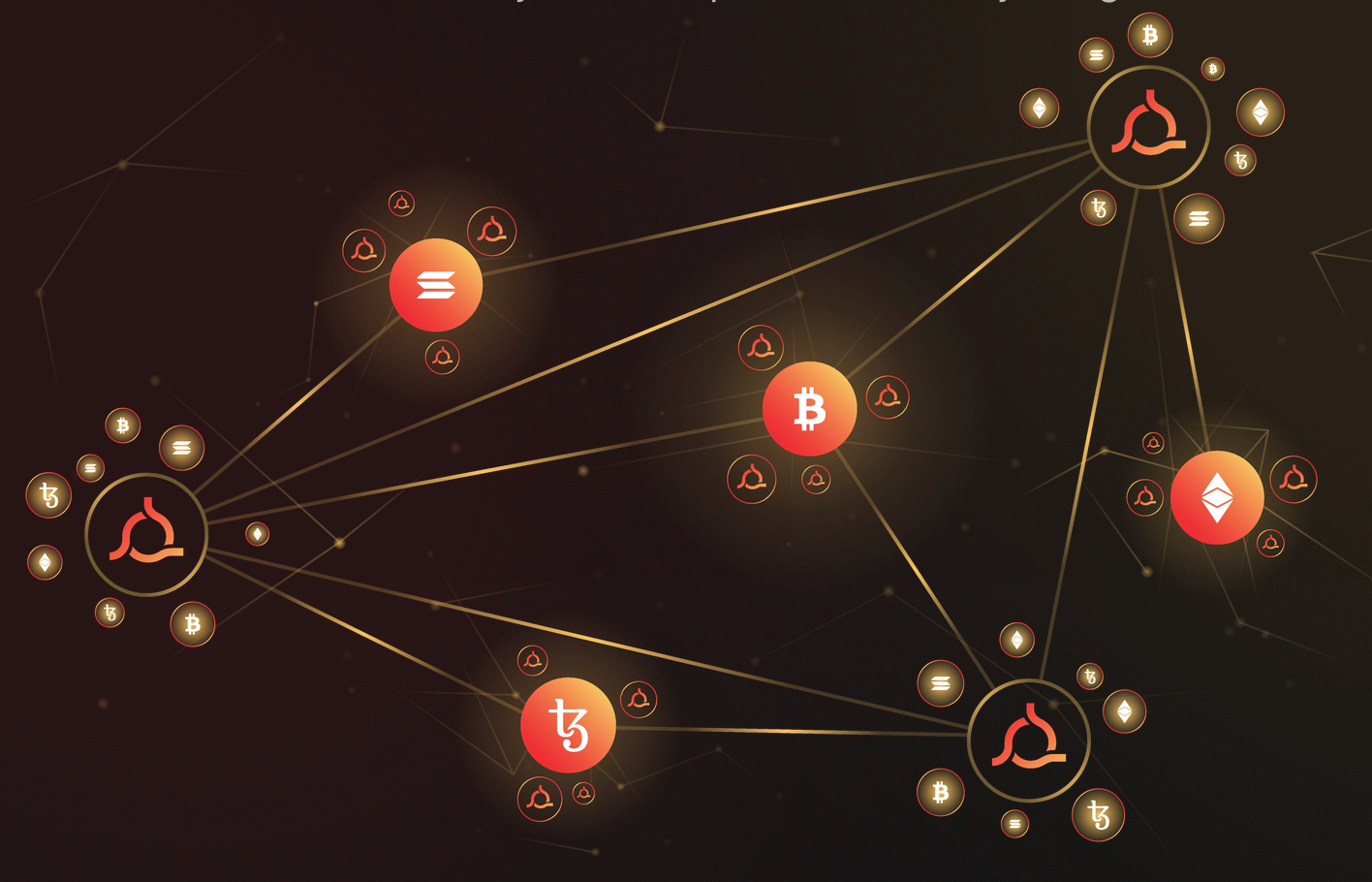
UniLayer’s Secure Solution
The UniLayer network is comprised of universal nodes - or nodes that belong to multiple networks, linked by interoperable (“Logix”) smart contracts. With UniLayer’s Layer-1 infrastructure, separate networks (Ethereum, Near, Avalanche) will be able to freely communicate, with all transactions held on-chain.
Cross-chain transactions with a complete, on-chain record.
UniLayer’s technological innovations are a game changer for the interoperability space. That means:
- No more centralized storage hacks
- No more human error
- No more hidden, off-chain records
UniLayer takes all of the strengths of blockchain technology - decentralization, autonomy, anonymity - and applies them to interoperability itself. Considering the increasing dangers of centralization, a clear, transparent solution for cross-chain compatibility is needed now. That is what UniLayer provides.
UniLayer’s Decentralized Bridge Support
When incorporated into UniLayer’s Layer-1 infrastructure, bridges will be able to operate with the security of the UniLayer blockchain itself. Thanks to multichain DApps, separate blockchain networks will be able to communicate natively, on-chain. Centralized, complex, off-chain protocols, vulnerable to hacks and bugs, will soon be a thing of the past.
Closing the DeFi Divide
The implications of cross-chain liquidity are hard to overstate. UniLayer’s cross-chain bridge support will benefit all participants in the blockchain space.
Users: Enjoy the radically expanded possibilities of DeFi. Borrow one asset, using another as collateral, without the risk of protocol failure.
DApps: Access liquidity across all major networks: operate multichain with simplicity and security.
New Blockchain Networks: Gain greater access to capital and seamless integration into the larger blockchain ecosystem.
Existing Blockchain Networks: Allow your network to specialize. Multichain access means that other networks will be able to work in tandem with yours to fill out your ecosystem.
UniLayer Moving Forward
UniLayer has already reached several important milestones, from fundraising to partnerships to the launch of our public testnet. And this is only the beginning!
Moving forward, NFTs and gaming will be fertile testing grounds for the UniLayer network’s capabilities. Watch our AMA on interoperability, in conversation with play-to-earn game, StarCrazy, and healthfi DApp, HealthBlocks, to leading projects on the IoTeX network.
We are working to unite gamefi, machinefi, and more, through interoperability.
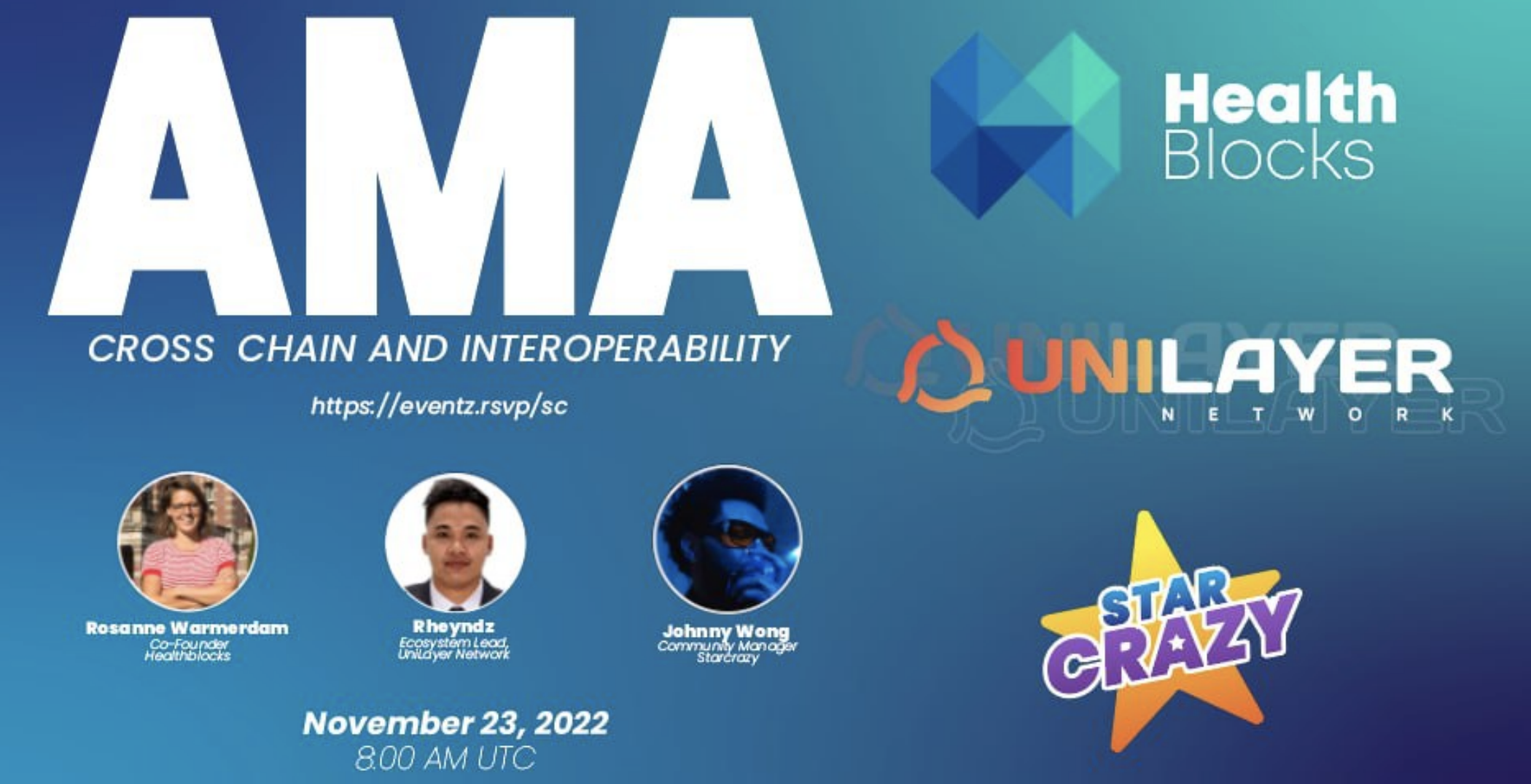
Learn more and join us on our journey to universal interoperability with the links below:
Unilayer.io - Sign up for our newsletter on our new, upgraded website.
Telegram - Stay in touch with our community.
Discord - Get involved and talk directly with our team.
Twitter - Be alerted to announcements, giveaways, AMAs, and other exciting info.

